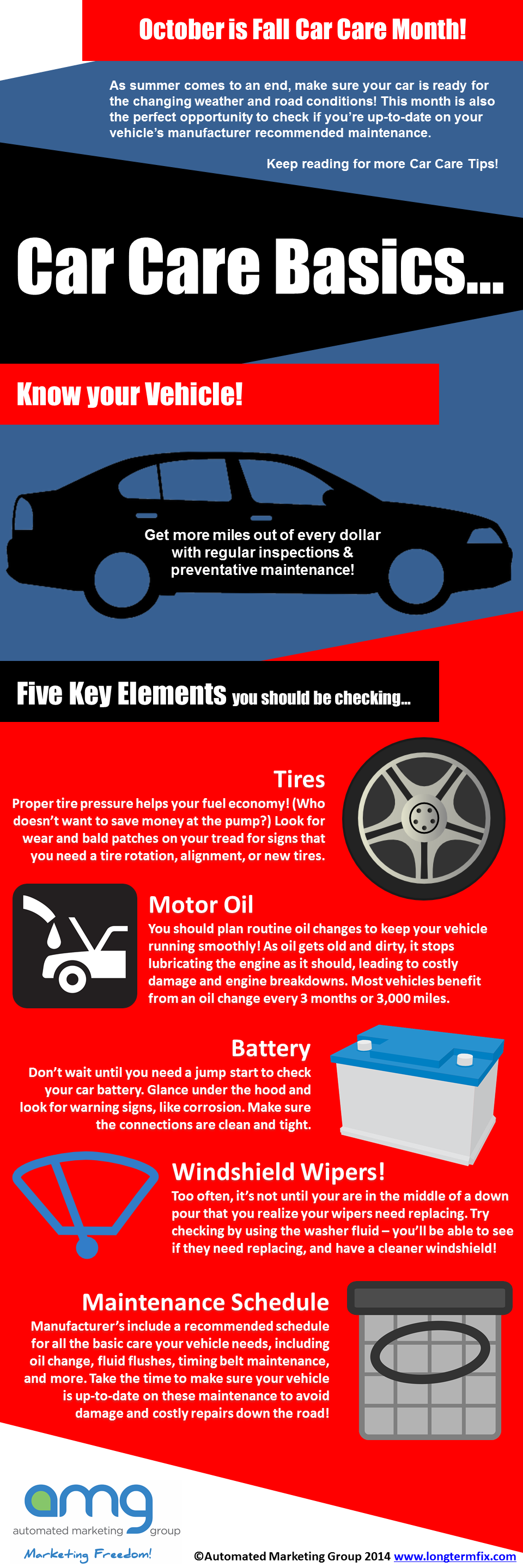Wish To Learn More About The Warning Lights On Your Control Panel? Discover What They Suggest Regarding Your Vehicle'S Health And Safety
Wish To Learn More About The Warning Lights On Your Control Panel? Discover What They Suggest Regarding Your Vehicle'S Health And Safety
Blog Article
Material Create By-Faulkner Corbett
When you're behind the wheel, those beautiful warning lights on your dashboard can be a bit difficult. Do you understand what they're trying to tell you concerning your car's health and wellness? Comprehending the value of these lights is crucial for your safety and security and the long life of your vehicle. So, view it now following time one of those lights turns up, wouldn't you want to analyze its message properly and take the needed actions to address it?
Common Warning Lighting and Interpretations
Recognize usual warning lights in your auto and recognize their significances to ensure safe driving.
The most typical warning lights include the check engine light, which signals issues with the engine or emissions system. If this light begins, it's critical to have your automobile checked without delay.
The oil stress advising light suggests reduced oil stress, needing instant attention to prevent engine damage.
A blinking battery light may suggest a faulty charging system, possibly leaving you stranded if not resolved.
The tire pressure tracking system (TPMS) light notifies you to low tire stress, influencing automobile stability and fuel efficiency. Disregarding this might cause unsafe driving conditions.
The abdominal muscle light shows an issue with the anti-lock braking system, compromising your capability to quit swiftly in emergencies.
Last but not least, the coolant temperature advising light warns of engine overheating, which can lead to extreme damages if not settled quickly.
Understanding these common warning lights will certainly assist you deal with problems promptly and preserve risk-free driving conditions.
Value of Prompt Interest
Understanding the typical warning lights in your vehicle is just the very first step; the value of immediately attending to these cautions can not be stressed enough to guarantee your safety and security on the road.
When a caution light brightens on your dashboard, it's your vehicle's means of interacting a potential concern that needs interest. Ignoring these warnings can lead to extra serious problems later on, endangering your safety and security and potentially costing you a lot more out of commission.
Prompt interest to alerting lights can prevent breakdowns and crashes. For example, a flashing check engine light can suggest a misfire that, if left neglected, can create damages to the catalytic converter. Addressing this quickly can conserve you from a costly fixing.
In a similar way, a brake system advising light might indicate reduced brake fluid or used brake pads, essential components for your safety and security when driving.
Do It Yourself Troubleshooting Tips
If you see a caution light on your dashboard, there are a couple of DIY repairing ideas you can try prior to seeking specialist assistance.
The very first step is to consult your automobile's manual to recognize what the specific caution light suggests. Sometimes the problem can be as straightforward as a loose gas cap activating the check engine light. Tightening up the gas cap may deal with the issue.
https://oil-and-filter-change72616.blogdal.com/30674884/comprehensive-interview-finest-practices-revealed-by-an-expert-car-detailer is a low battery, which can activate different alerting lights. Checking the battery connections for deterioration and guaranteeing they're protected might take care of the trouble.
If a caution light lingers, you can try resetting it by detaching the cars and truck's battery for a couple of mins and after that reconnecting it. Additionally, inspecting your automobile's fluid levels, such as oil, coolant, and brake liquid, can aid repair warning lights related to these systems.
Final thought
In conclusion, recognizing your automobile's caution lights is vital for maintaining your car running smoothly and securely. By immediately dealing with these signals and recognizing what they mean, you can stay clear of expensive repairs and possible break downs.
Remember to consult your auto's handbook for specific information on each warning light and act accordingly to guarantee a hassle-free driving experience.
Keep informed, stay safe when traveling!
